Synthetic Food Dyes: A Half-Century of Harm
Outdated FDA standards expose Americans to toxic food dyes linked to cancer, neurobehavioral issues, and other health risks, demanding urgent regulatory action.
by Nicolas Hulscher, MPH
Synthetic food coloring enhances the visual appeal of foods, influencing consumer preferences by suggesting vitality, quality, and nutritional value. However, these artificial additives are solely designed to drive sales and provide no nutritional benefits. The following FDA-approved dyes account for nearly all synthetic food dye exposure among the general U.S. population:
Batada et al found that nearly half (43.2%) of grocery store products contained artificial food colorings (AFCs), with Red 40 (29.8%), Blue 1 (24.2%), Yellow 5 (20.5%), and Yellow 6 (19.5%) being the most common. Candies (96.3%), fruit-flavored snacks (94%), and drink mixes/powders (89.7%) had the highest prevalence of AFCs, while produce contained none.
Oliveira et al summarized the deleterious health effects linked to synthetic food colorings in children: neurobehavioral disorders, allergic reactions, carcinogenic and mutagenic potential, gastrointestinal and respiratory issues, toxicity, developmental and growth delays, and behavioral changes.
Sultana et al illustrated the specific health hazards associated with particular synthetic food dyes:
Miller et al conducted a systematic review of the potential neurobehavioral impacts (activity and attention) of food dye consumption. They included 27 clinical trials of children exposed to synthetic food dyes and found that 16 of 25 challenge studies (64%) demonstrated evidence of a positive association, with 13 studies (52%) reporting statistically significant findings. The authors concluded, “Current evidence from studies in humans, largely from controlled exposure studies in children, supports a relationship between food dye exposure and adverse behavioral outcomes in children, both with and without pre-existing behavioral disorders.” They also noted that:
Animal toxicology studies were used by FDA as the basis for regulatory risk assessments of food dyes [25]. All current dye registrations were made between 1969 and 1986 based on studies performed 35 to 50 years ago. These studies were not designed to assess neurobehavioral endpoints. Dye registration was accompanied by derivation of an “acceptable daily intake” (ADI) based on these studies. FDA ADIs have not been updated since original dye registration, although there have been several reviews of specific effects since then, the latest in 2011.
Synthetic food dyes, widely prevalent in U.S. products and lacking nutritional value, rely on outdated FDA approvals despite evidence of widespread toxicity, carcinogenicity, and adverse neurobehavioral effects, strongly warranting urgent regulatory action to protect public health.
Unfortunately, this won’t stop Big Food lobbyists from trying to prevent this much-needed food supply clean-up headed by Robert F. Kennedy Jr. If our federal government prioritized public health over profit, the decision to prohibit synthetic dyes would be an easy one.
Please subscribe to Courageous Discourse as a paying ($5 monthly) or founding member so we can continue to bring you the truth.
Nicolas Hulscher, MPH
Epidemiologist and Foundation Administrator, McCullough Foundation
www.mcculloughfnd.org
Please consider following the McCullough Foundation and Nicolas Hulscher on X (formerly Twitter) for further content.





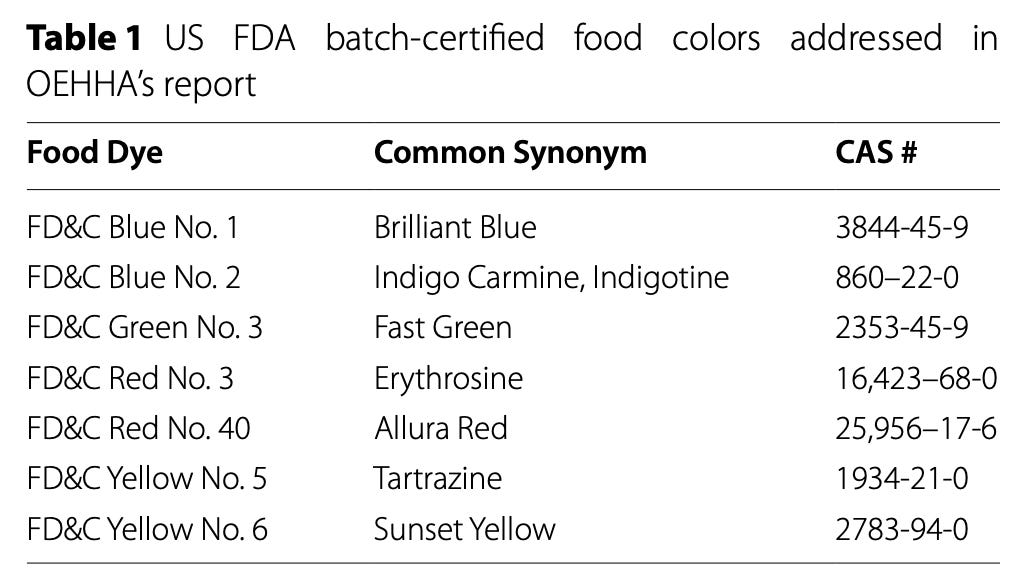
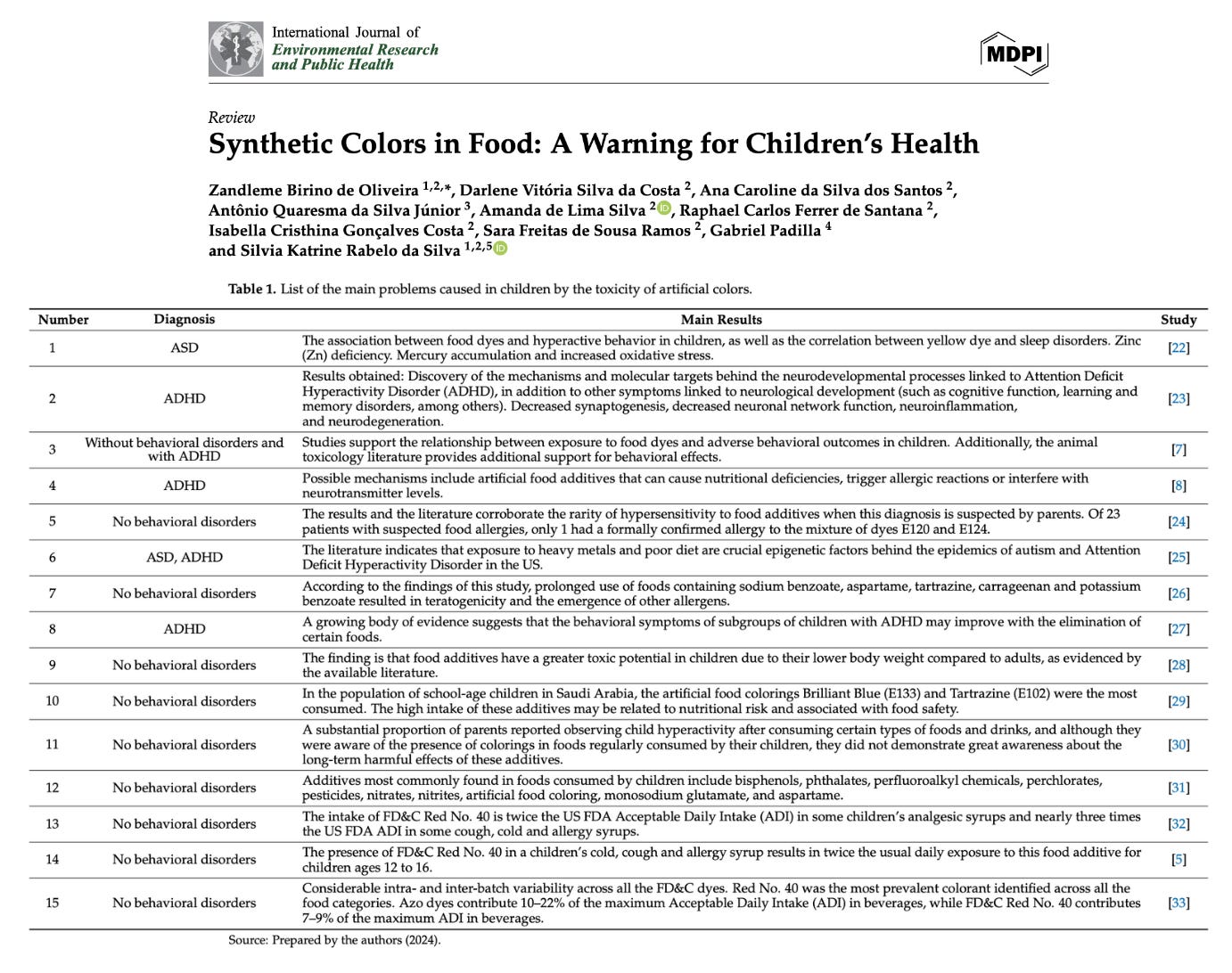
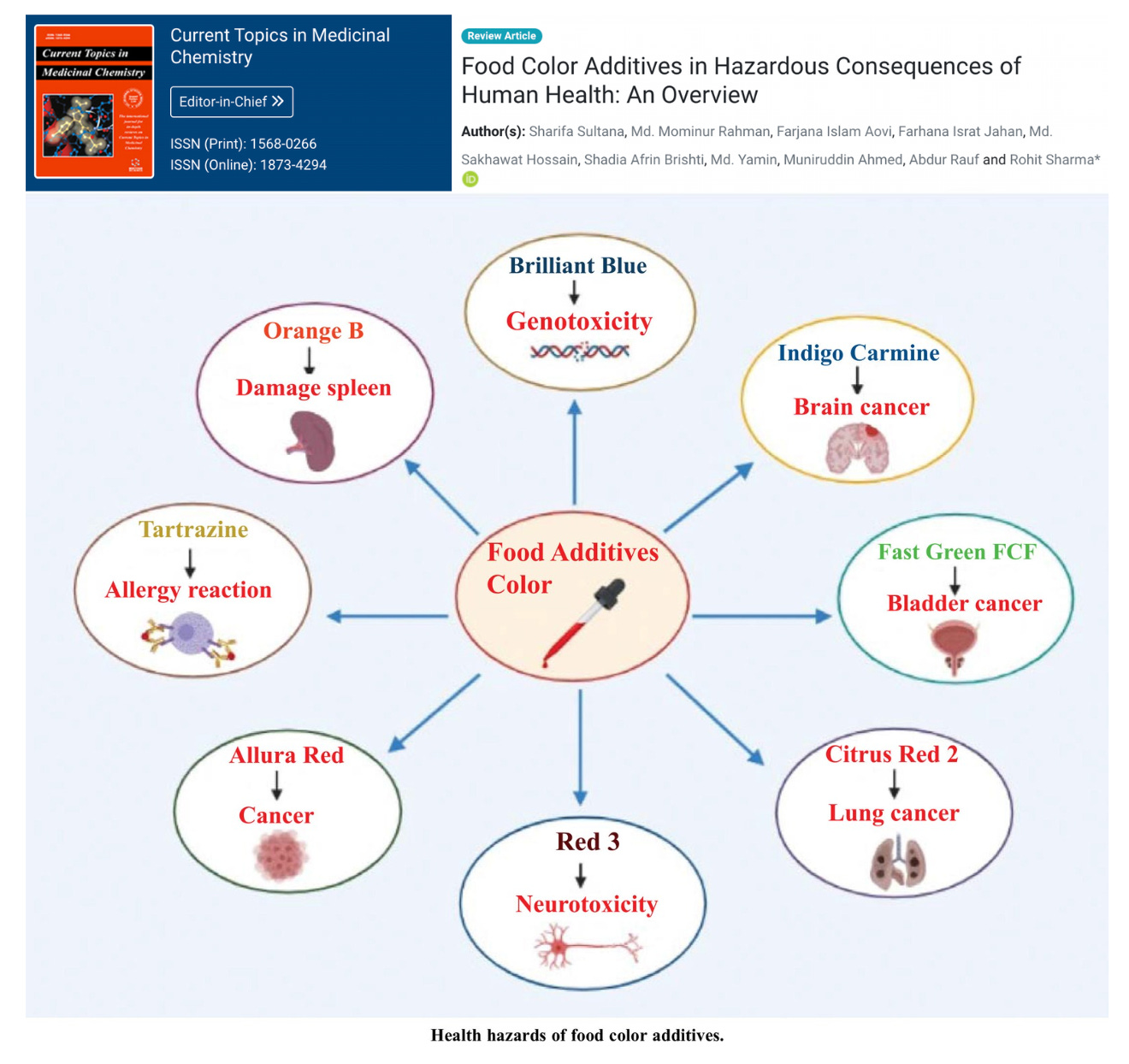
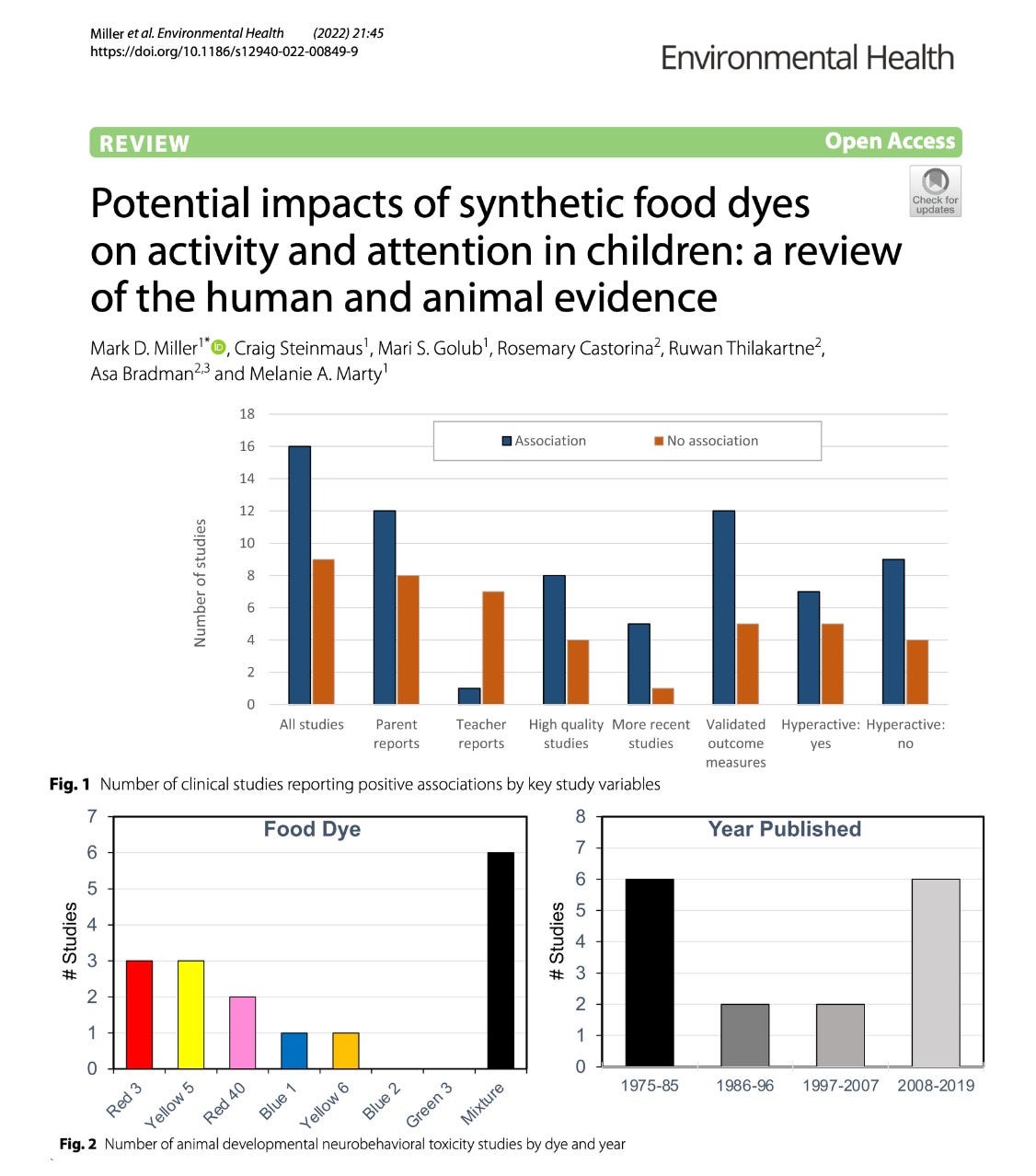
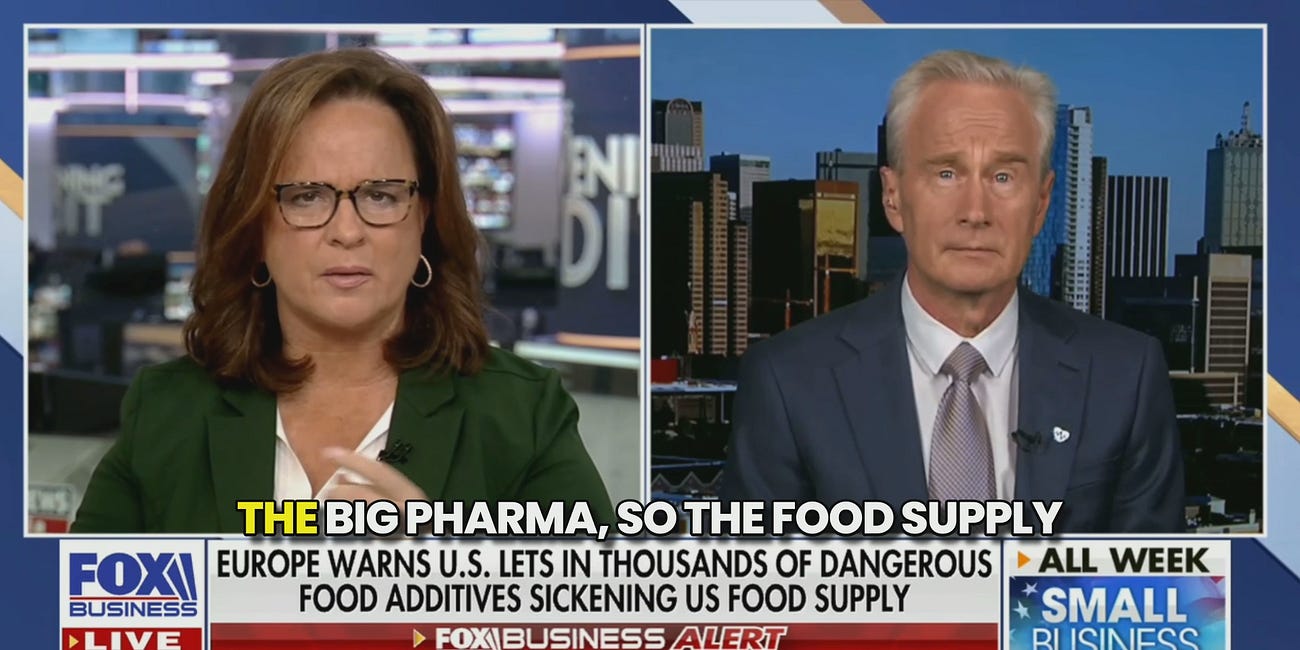
I have to say I am the victim of this 50 year poisoning.. I’m 63 and I’m thinking it has been going since I was born. Needless to say our parents bought into all of the hype of “nutritional value” this crap was supposed to have. Feeding us koolaid and bologna because we were middle class and lower. My 63 year old body is a prime example as to why we have to get these things out as fast as possible.. health problems such as :diabetes, HBP, heart disease, carotid artery clean out, endometriosis, having a gastric bypass at 49, hysto at 49.. other things starting to fall apart.. I believe from the damage of eating the poison because we simply didn’t know better!! Please please don’t feed your children this and feed them pure foods without the dyes and other things that cause problems later in life!
Dr. Russell Blaylock, a board-certified neurosurgeon (Ret), has written extensively on the dangers of excitotoxins, a class of substances added to foods and beverages to improve taste. MSG was the first. This helps the food industry to use poor quality ingredients and make them palatable by adding these flavour enhances. Because people began to avoid MSG, for health reasons, the industry developed many other chemicals that had the same/similar effects as MSG. They are all NEUROTOXINS. Excitotoxins stimulate neurons to death, causing brain damage of varying degrees. In his book “Excitotoxins: The Taste That Kills”, Dr. Blaylock cites over 500 scientific studies to explore the risks associated with aspartame, MSG, and other excitotoxins.
Dr. Russell Blaylock: Excitotoxins - The Taste That Kills: https://www.youtube.com/watch?v=tTSvlGniHok
NOTE: There is NO safe level of excitotoxins. AVOID all.